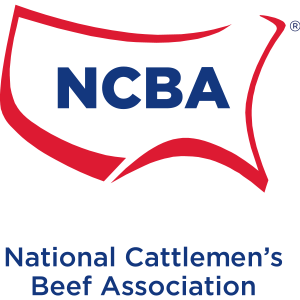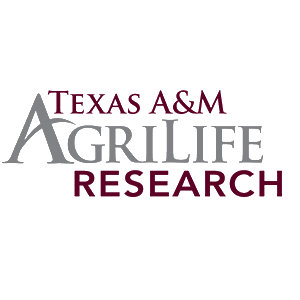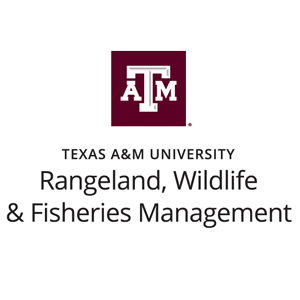No matter your brand or mission, chances are you will find your audience at The Wildlife Society’s Annual Conference. They regularly have attendees from all 50 U.S. states, several Canadian provinces, sovereign tribes, and beyond. Their attendees are researchers, executives, technicians, professors, land managers, decision-makers, policy analysts, statisticians, students, and more.
We promote the advancement of land stewardship through
ranching, science, and education.
Upcoming Events
Don’t miss the opportunity to attend the 84th Annual Meeting of Texas Soil and Water Conservation District Directors - a beneficial conservation meeting in Texas. You'll enjoy great speakers, breakout sessions, and the advantage of networking with other local Conservation District Directors, SWCD employees, NRCS personnel, and state staff. Additionally, an extensive tradeshow will feature numerous agencies, including East Foundation.
Join The King Ranch® Institute for Ranch Management as they host the 21st Annual Holt Cat® Symposium on Excellence in Ranch Management, celebrating over two decades of sustaining our ranching heritage through education, innovation, and outreach.
Recent Posts
This article documents an observation of pyric-carnivory, where a Crested Caracara preyed on a Texas Tortoise following a prescribed fire in southern Texas, illustrating how fire can temporarily increase prey vulnerability by removing protective cover. The incident highlights the complex relationship between fire management, predator-prey dynamics, and species conservation, emphasizing the need for further research on the short-term and long-term ecological impacts of prescribed fires on species like the Texas Tortoise.
Western U.S. rangelands are home to six quail species, inhabiting diverse ecosystems from grasslands to mountain woodlands. These ecologically significant gamebirds, known for their weather-dependent populations, are of great interest to researchers and conservationists, with some species showing concerning population declines according to recent surveys.
In this issue you can read about the history of water systems in South Texas, a 2024 weather report, how we work together with Texas Brigades, and our bobwhite quail harvest research.
Instagram Posts
We do what's right for the land and the life that depends on it.
SIGN UP FOR OUR DIGITAL MAILING LIST
You'll receive newsletters, management bulletins, and our Annual Report - about 10 emails a year. You can unsubscribe at any time by selecting the Opt Out option at the bottom of any email you receive from us.





































